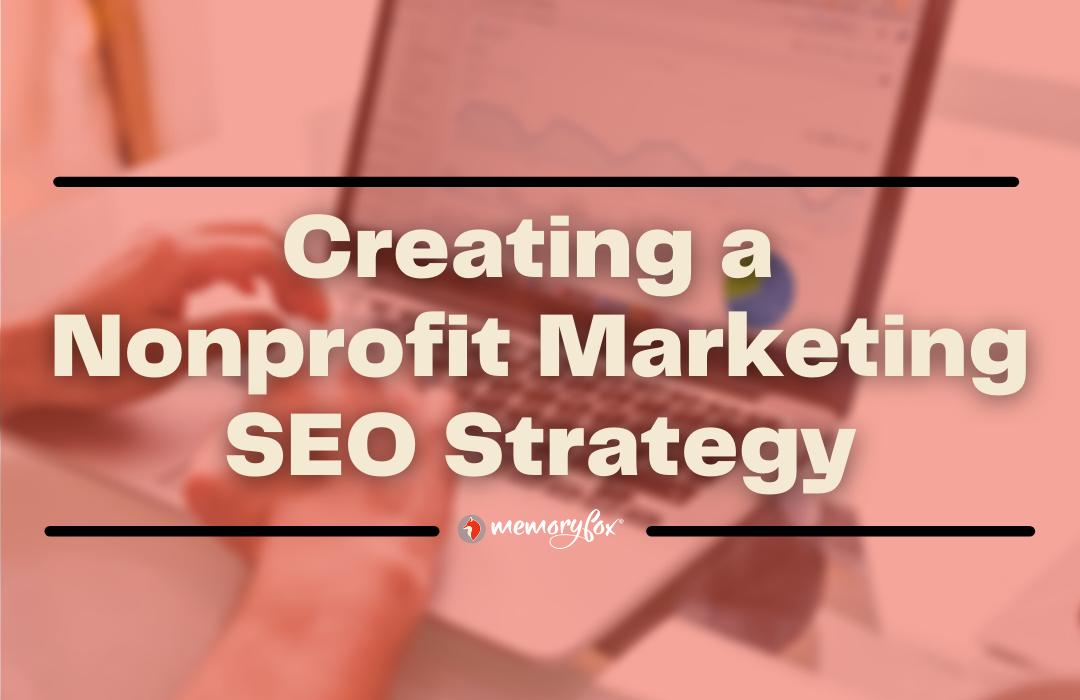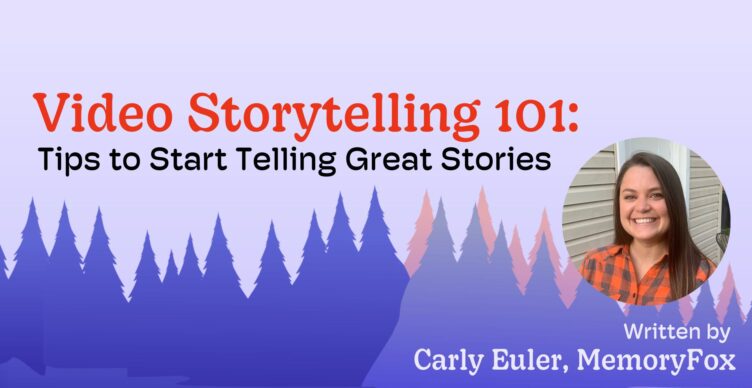Creating a Nonprofit Marketing SEO Strategy

If creating a nonprofit marketing SEO strategy isn’t already a part of your nonprofit plans, it should be. SEO stands for search engine optimization, which essentially is the most effective tool that will help increase inbound and organic traffic to your organization’s website. SEO strategically uses keywords, phrases, and questions that your target audience is searching online to push your page to the top of search engines. In short, you strategically set up your website content to prove to search engines that your organization is an authority in a particular area, or is a reputable resource for the search terms that your audience is using.
It’s important to note that while there are many search engines that can drive traffic to your organization’s website, Google is the primary driver of internet traffic and search terms in the world. According to Ahrefs, a leading search engine optimization resource, Google generates over 90% of global web traffic. So for the purposes of this guide, we will strictly discuss SEO strategies as it pertains to Google’s algorithms to help your organization’s website rank higher on Google’s landing page.
Why is Search Engine Optimization (SEO) Important?
With an average of 68% of web traffic and online experiences beginning with a search engine, Search Engine Optimization is important because the better it is executed on your organization’s website, the higher the website will rank in search engines like Google. In fact, individuals are more likely to discover your organization by search engine than by social media: SEO drives 1000% more organic traffic than organic (not paid) social media. Beneficiaries, customers, perspective volunteers, or even potential donors may search similar terms, keywords, or phrases to find a service-driven organization such as yours. If other organizations have stronger SEO strategies, they will likely rank above your organization’s page in Google, or your website may even appear on the dreaded second page of Google, where only 0.78% of Google searchers click to navigate.
On average, the top three links or websites on Google’s search page receive over 75% of all clicks associated with the keyword or search term. Ideally, you would aim to have your organization’s website rank in the top three links, but you should definitely aim to have it appear on the first page of the keyword and related search terms.
Google determines where a specific page or website lands in the search term’s rankings by “crawling” or reading the page and assessing its relevance and quality in relation to the keyword or phrase. This is done by analyzing the quantity of keywords used within the specific page and the quality with which they are used. Google analyzes quality of search terms a bit ambiguously, but it is primarily assessed by the sheer number of other credible websites that link to that specific page on your website. Your strategy should include ways to increase the number of keywords used that are relevant to your audience’s search terms and your organization’s services, as well as ways to improve the “quality” of your page (in Google’s eyes) so that your website can rank higher, and therefore gain more organic traffic.
How to Create a Nonprofit Marketing SEO Strategy
We know that you are stretched thin as a nonprofit administrator or marketing manager for a service organization, and you may not have the resources to dedicate all of your time to SEO. But we have good news! Search engine optimization can be streamlined to become easier and more affordable to execute. We’ve created a few simple steps to create your nonprofit marketing SEO strategy.
1. Know Your Keywords
This might be the longest and most ambiguous step to generating your search engine optimization strategy, but it is crucial: your targeted keywords will drive your entire SEO marketing strategy. It’s easiest to start with one keyword that can be your organization’s North Star when creating content and web pages. So ask yourself this: what is the one thing that someone outside of your organization would use to describe what it is you do. You can even ask your volunteers, beneficiaries, or donors what how they would describe your organization’s services. Write this down in as few words as possible, then create a list of similar terms to that keyword or phrase. Remember, you should write these phrases in ways that people would actually think, say, or search them, so it will likely be informal in nature.
Need a place to start? Here’s an example of a keyword brainstorm:
Top phrase: Nonprofit marketing tips
Similar keywords and phrases:
-
Nonprofit SEO
-
Nonprofit communication tips
-
How to market a nonprofit
-
Best marketing strategies for nonprofit organizations
-
How can I boost my nonprofits communications
-
Nonprofit communication strategies
-
Nonprofit marketing
-
Nonprofit communications
-
Nonprofit marketing resources
-
Nonprofit marketing resources free
-
Nonprofit marketing help
-
Marketing best practices
-
Free nonprofit communication tools
-
Nonprofit communications guide
This list can keep going. The idea is to have central themes that your target audience might search to discover your organization.
2. Repeat the Keyword Brainstorm for Different Target Audiences
You can’t communicate to multiple audiences in the same way. If you have different target audiences, they each have different needs, and therefore they each will use different search terms. There might be some overlap between what the different groups may search for, but this exercise is still important to make sure you are including all of your target audiences in your SEO strategy. After all, you want all of them to find your website, right?
3. Draft a Content Strategy
Based on your keyword brainstorm, you now have a pretty good grasp on what your audiences will search for and will find valuable. This will help you create a focused content strategy for the pages of your website. Be creative with your sources of content online! Blogs are a great way to drive SEO with keyword search terms, but you can also integrate your social platforms, post videos, create graphics, and more!
Be sure to include many, if not all of the following tools to your pages to help elevate your organization’s SEO ranking:
Page Titles
What appears at the top of an internet browser. Should be short and keyword-heavy.
Meta Description
The description or summary that appears under your link in a search engine. This feature is customizable in most web platforms.
Headings
Not only are headings helpful for your target audience to navigate a page’s content, it’s helpful for search engines to pick up on important keywords in the headings as well.
Links
Link your content to other pages on your own website. It helps users navigate your website and helps Google establish authority in your domain. Linking to outside sources, as long as it’s accurate and relevant, will help increase your organization’s SEO ranking too!
These are the things that helps Google “crawl” on your page and determine its authority and quality. Using more of these will help establish a greater SEO score, and will help your page rank higher in search engines under the keywords you’ve targeted.
SEO shouldn’t be a scary, daunting task. Rather, you can (and should!) use what you already know about your organization, target audiences, and services to curate your nonprofit SEO marketing strategy without having to juggle another large task. SEO is something that you can easily implement into your existing marketing and communications plans!
Memory Fox makes nonprofit marketing easy by simplifying the process to gather, organize and share your storytelling content. To get started, schedule a demo with us today!
Want to have more nonprofit marketing tips sent directly to your inbox? Sign up for our newsletter! Don’t worry, we only send one each month.




